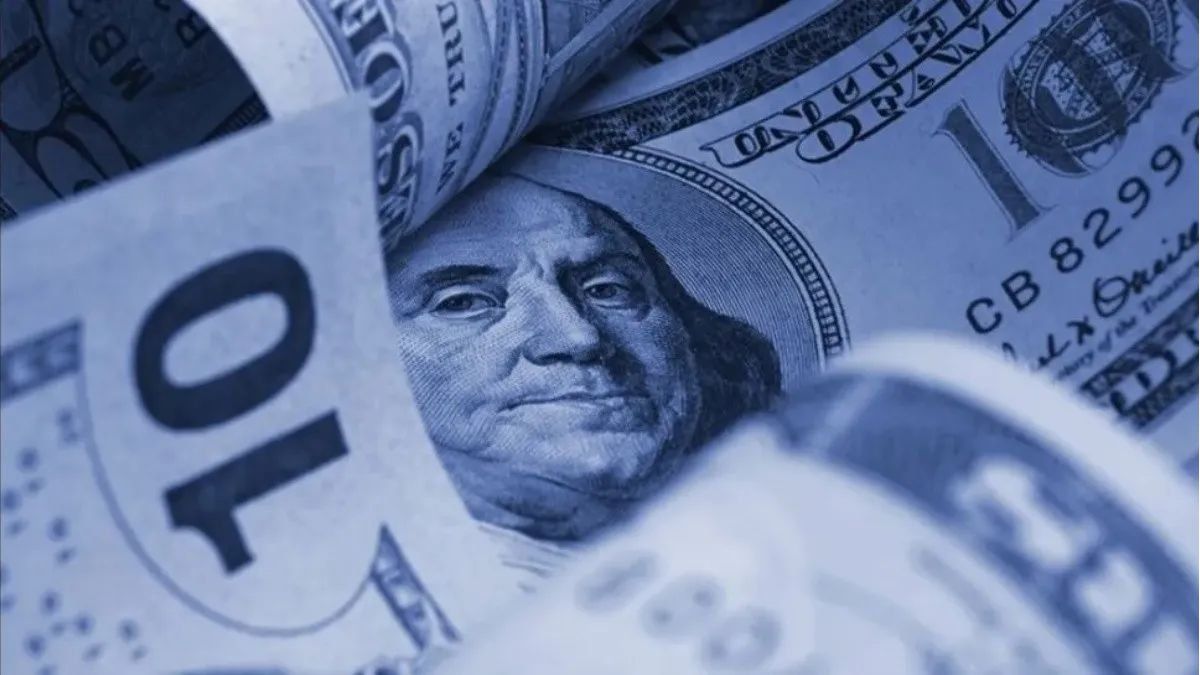“The country risk rose 10% these days in response to the fear of the markets due to uncertainty, and the CCL dollar had risen sharply while waiting for possible restrictions on imports, while the Government tests the market with a somewhat particular tender before of the maturities at the end of the month”, analyzed Federico Glustein in dialogue with Ámbito.
“It is logical that despite the lack of demand that corresponds to the rise in the blue, the parallel currency tends to rise,” he concluded.
Aldo Abraham, an economist at Libertad y Progreso indicated: “The reality is that free dollars are increasing and not only because the Central Bank continues to issue a lot, and therefore causes the purchasing power of the peso to drop and that – as it would happen with any currency – it is immediately noticeable in the free exchange markets”.
“This also happens because there is more and more uncertainty, which lowers the demand for pesos. If the demand for a product falls, for example, but the supply remains, there will also be a loss of purchasing power. Here it gets more complicated because not only does demand fall, but supply increases. And that is going to be reflected in the foreign exchange market,” he added.
The economist highlighted another factor that adds to the “combo” that has pushed up the alternative exchange rates in recent days: “Because of the uncertainty, people are not only going to escape the peso, but also every asset that is local. This is also done through the foreign exchange market. Conclusion: this also pushes parallel dollars higher. The uncertainty factor is one of the factors that is causing these exchange rates to grow.”
2. Fear of greater controls?
For her part, Lorena Giorgio, chief economist at Equilibra, commented that “we are seeing a slight convergence of the informal dollar to financial prices, as always happens. We have to wait to see if this punctual rise comes from the hand of a lower supply in the informal market due to greater controls on imports”.
It is worth remembering that until a couple of weeks ago, the informal dollar remained at levels similar to those at the end of 2021 ($208) even with accumulated inflation of 30%. “This was possible due to an offer of dollars in the informal market that came from the different groups of importers,” explained Giorgio.
In turn, he predicted that “if what Vice President Cristina Kirchner asks ends up happening, and the Central Bank gets tough on the sale of foreign currency to import, we could have a lower supply in the informal sector that translates into price.”
3. Seasonality
For Di Giorgio, the advance of the dollar may be a “convergence effect that is also fueled by the seasonality of this time of year, when people have already received the bonus and see that it is a good timing to dollarize,” said the economist. Balance boss.
Source: Ambito
David William is a talented author who has made a name for himself in the world of writing. He is a professional author who writes on a wide range of topics, from general interest to opinion news. David is currently working as a writer at 24 hours worlds where he brings his unique perspective and in-depth research to his articles, making them both informative and engaging.




